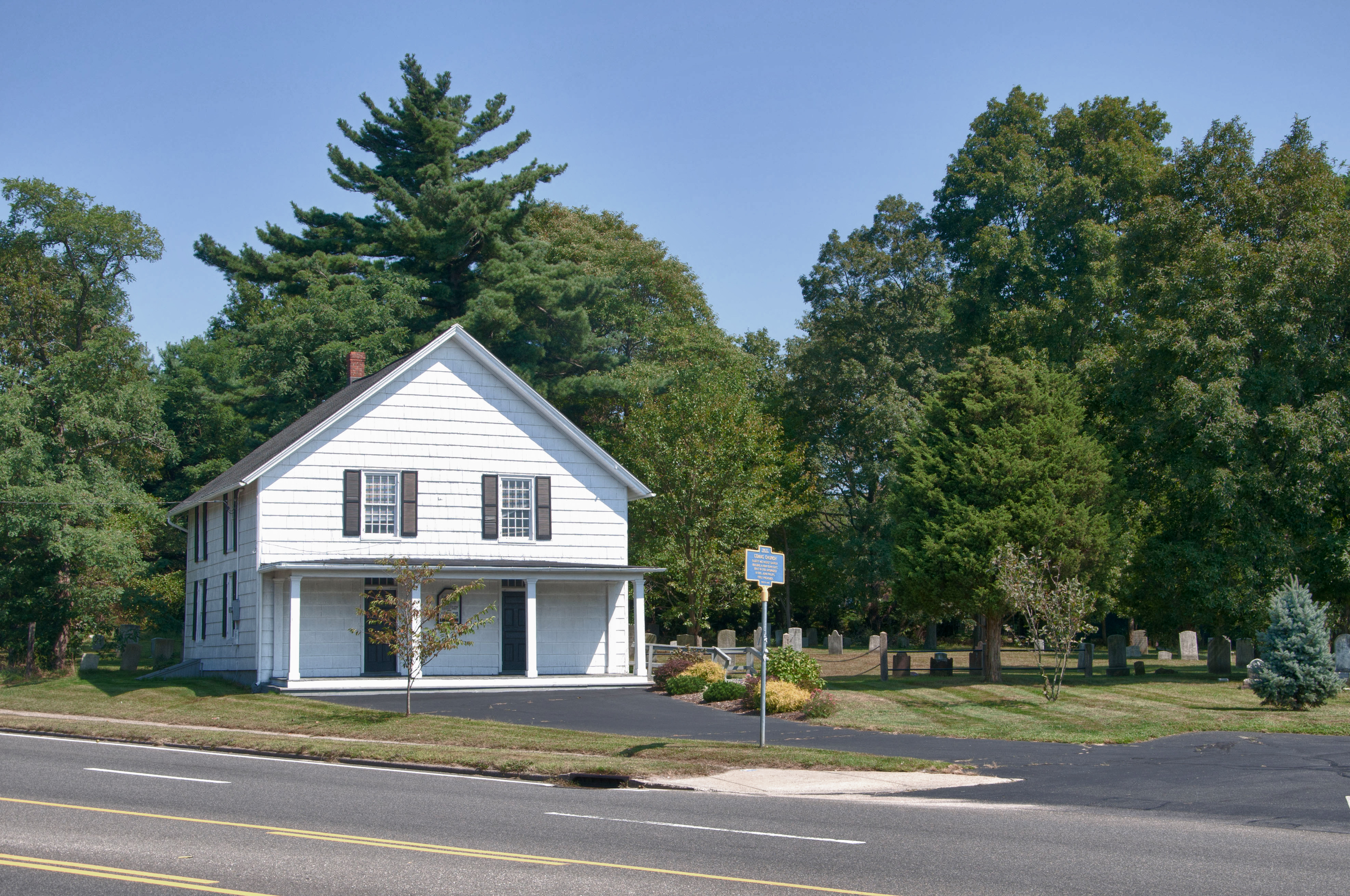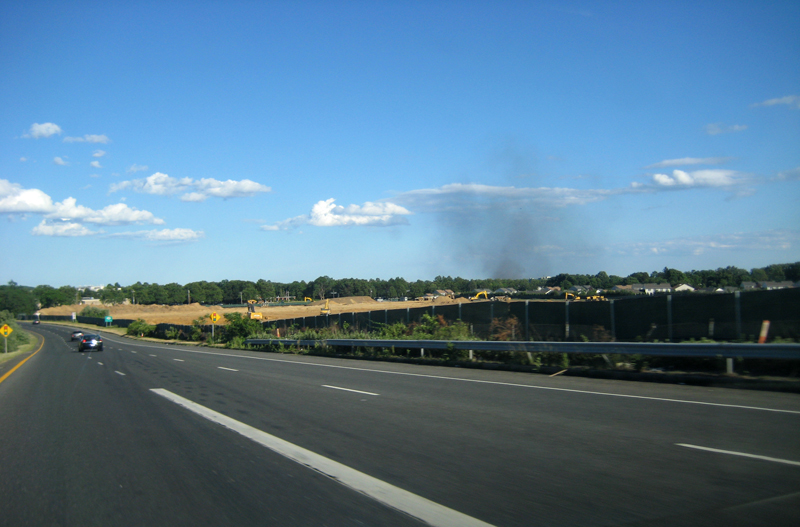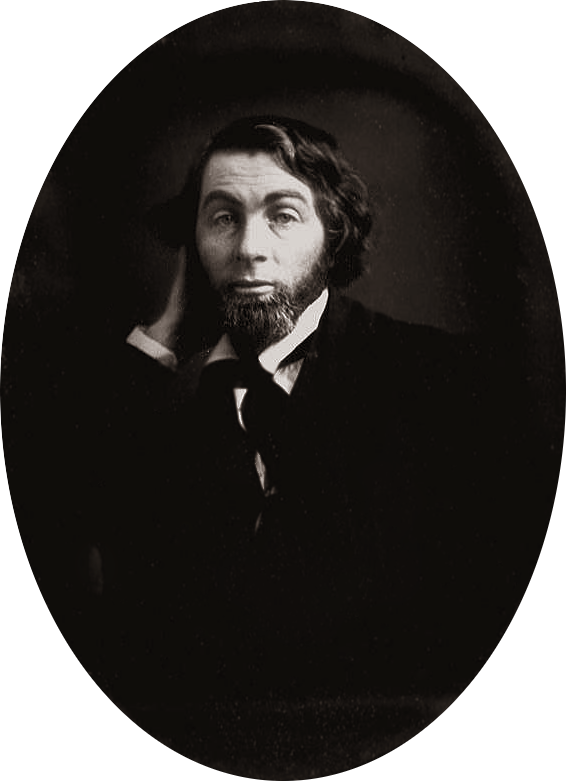|
Long Islander News
Long Islander News is a local news organization that covers the town of Huntington, New York. The organization's flagship newspaper, ''The Long-Islander,'' was founded by American poet Walt Whitman in 1838. It is the oldest continuously-published community newspaper on Long Island. Currently, Long Islander News publishes ''The Long-Islander'' and ''Huntington Weekly'' newspapers: *''The Long-Islander'' reports on the entire Town of Huntington, including Huntington, Huntington Station, Greenlawn, Centerport, Huntington Bay, Cold Spring Harbor, Lloyd Harbor, Dix Hills and Melville, Northport, East Northport, Elwood, Asharoken, Eaton's Neck, and parts of Fort Salonga and Commack. This publication was founded by renowned poet Walt Whitman in 1838. *''Huntington Weekly'' is a lifestyle and entertainment publication that is included as a second section to ''The Long-Islander,'' and is also distributed as a standalone to select Newsday subscribers through a partnership. Defu ... [...More Info...] [...Related Items...] OR: [Wikipedia] [Google] [Baidu] |
Huntington, New York
The Town of Huntington is one of ten towns in Suffolk County, New York. Founded in 1653, it is located on the north shore of Long Island in northwestern Suffolk County, with Long Island Sound to its north and Nassau County adjacent to the west. Huntington is part of the New York metropolitan area. As of the 2020 census, the town population was 204,127. Huntington is the only township in the United States to ban self-service gas stations at the township level and among the few places in the U.S. where full-service gas stations are compulsory and no self-service is allowed; the entire state of New Jersey and the western-Mid Valley portion of Oregon are the only other places in the country with similar laws. History In 1653, three men from Oyster Bay, Richard Holbrook, Robert Williams and Daniel Whitehead, purchased a parcel of land from the Matinecock tribe. This parcel has since come to be known as the "First Purchase" and included land bordered by Cold Spring Harbor on t ... [...More Info...] [...Related Items...] OR: [Wikipedia] [Google] [Baidu] |
Northport, New York
Northport is a historic maritime Administrative divisions of New York#Village, village on the northern shore of Long Island in Suffolk County, New York, United States. Initially designated Great Cow Harbour by 17th-century English colonists, the area was officially renamed Northport in 1837. In 1894, in an effort to localize governance, the community was incorporated as a village. Northport is known for its Victorian era village center, still bearing Tram, trolley rails from a long since discontinued streetcar line which would transport village residents to the Long Island Rail Road station in East Northport, New York, East Northport. The village Main Street runs from the Village Green along the harbor-front to the former hamlet of Vernon Valley, New York, Vernon Valley, which has since been subsumed by the neighboring community of East Northport. As of 2010, the village has a population of approximately 7,401 and is served by the Northport-East Northport Union Free School Distri ... [...More Info...] [...Related Items...] OR: [Wikipedia] [Google] [Baidu] |
Newspapers Published In New York (state)
A newspaper is a periodical publication containing written information about current events and is often typed in black ink with a white or gray background. Newspapers can cover a wide variety of fields such as politics, business, sports and art, and often include materials such as opinion columns, weather forecasts, reviews of local services, obituaries, birth notices, crosswords, editorial cartoons, comic strips, and advice columns. Most newspapers are businesses, and they pay their expenses with a mixture of subscription revenue, newsstand sales, and advertising revenue. The journalism organizations that publish newspapers are themselves often metonymically called newspapers. Newspapers have traditionally been published in print (usually on cheap, low-grade paper called newsprint). However, today most newspapers are also published on websites as online newspapers, and some have even abandoned their print versions entirely. Newspapers developed in the 17th century, as ... [...More Info...] [...Related Items...] OR: [Wikipedia] [Google] [Baidu] |
Commack, New York
Commack ( ) is a hamlet and census designated place (CDP) that roughly corresponds to the hamlet by the same name in the towns of Huntington and Smithtown in Suffolk County, on Long Island, in New York. The CDP's population was 36,124 at the 2010 census. History The name "Commack" comes from the Secatogue Native American tribe who lived on the South Shore of Long Island between Copiague and Bayport. The Secatogue named their northern lands in the center of the island Winnecomac which means "pleasant lands." The name may have been inspired because of the area's flat lands with rich soil, and thick oak forests abounding with plants and wildlife. From its earliest daysCommackor originally spelled as Comac was known for its fertile soil which made it the perfect land for farming. Today all of Commack is settled and suburbanized and, like most unincorporated areas of Long Island, does not have a true, walkable downtown or " Main Street". Geography According to the United Stat ... [...More Info...] [...Related Items...] OR: [Wikipedia] [Google] [Baidu] |
Fort Salonga, New York
Fort Salonga is a hamlet and census-designated place (CDP) in the Towns of Huntington and Smithtown in Suffolk County, on the North Shore of Long Island, in New York, United States. The population was 10,008 at the 2010 census. The hamlet is considered the easternmost part of the historic Gold Coast of Long Island, with the Geissler Estate being located within the hamlet. History One night during the Revolutionary War, Colonial forces landed on the beach in nearby Crab Meadow, and moving down the beach overtook the fort. In the post-Civil War era the rich red clay deposits gave birth to a successful brickworks as well as other trade. Barges loaded with manure swept from the streets of New York City would arrive, and farmers from nearby towns would come to get the manure for fertilizer. The emptied barges were then loaded with bricks for the trip back to the city. One of the brick companies to operate there in the late 19th century was owned by the Brown family, whose bric ... [...More Info...] [...Related Items...] OR: [Wikipedia] [Google] [Baidu] |
Eatons Neck, New York
Eatons Neck is a hamlet and census-designated place (CDP) in the Town of Huntington in Suffolk County, on the North Shore of Long Island, in New York, United States. The population was 1,406 at the 2010 census. There is a United States Coast Guard station at the northern tip of the hamlet. History In 1927, the bulk of Eatons Neck consisting of what is today known as the Morgan Estate and Two-Acre Zone was subdivided and sold by the heirs of Cornelius H. DeLamater. The Eaton Harbors Corporation was created to hold title to, and maintain, all the private beaches and roads on the former estate. Geography According to the United States Census Bureau, the CDP has a total area of , all land. Demographics As of the census of 2000, there were 1,388 people, 512 households, and 419 families residing in the CDP. The population density was 1,378.4 per square mile (530.6/km2). There were 554 housing units at an average density of 550.2/sq mi (211.8/km2). The racial makeup of ... [...More Info...] [...Related Items...] OR: [Wikipedia] [Google] [Baidu] |
Asharoken, New York
Asharoken is a village in the Town of Huntington in Suffolk County, on the North Shore of Long Island in New York. The population was 654 at the 2010 census. History Asharoken incorporated as a village in 1925, so as to have a greater ability to control local beaches and roadways through home rule. The Village of Asharoken is named after Chief Asharoken, head of the Matinecock Native American tribe which inhabited the area prior to English settlements. Chief Asharoken sold the land that is now Asharoken, Eatons Neck, and Northport to European settlers in 1656. Geography According to the United States Census Bureau, the village has a total area of , of which is land and , or 78.92%, is water. The village limits enclose part of Eatons Neck and a long, low, narrow isthmus (itself referred to as Asharoken) connecting Northport in the southeast to Eaton's Neck in the northwest, and separating Northport Bay from Long Island Sound. Demographics As of the census of 2000, ... [...More Info...] [...Related Items...] OR: [Wikipedia] [Google] [Baidu] |
Elwood, New York
Elwood is a census-designated place (CDP) in the Town of Huntington in Suffolk County, on Long Island, in New York, United States. The population was 11,177 at the 2010 census. The hamlet, given its location in the center of the Town of Huntington, is referred to as "The Heart Of Huntington." Geography According to the United States Census Bureau, the CDP has a total area of , all land. Demographics As of the census of 2000, there were 10,916 people, 3,435 households, and 2,985 families residing in the CDP. The population density was . There were 3,493 housing units at an average density of . The racial makeup of the CDP was 86.02% White, 5.61% African American, 0.22% Native American, 5.60% Asian, 0.03% Pacific Islander, 1.36% from other races, and 1.17% from two or more races. Hispanic or Latino of any race were 5.04% of the population. There were 3,435 households, out of which 39.4% had children under the age of 18 living with them, 74.9% were married couples living togethe ... [...More Info...] [...Related Items...] OR: [Wikipedia] [Google] [Baidu] |
East Northport, New York
East Northport is a hamlet and census-designated place (CDP) in the town of Huntington in Suffolk County, New York, United States. The population was 20,217 at the 2010 census. History Founding Soon after the establishment of a village in the Huntington area, English settlers sought to further expand their territory. On July 30, 1656, land was purchased from Chief Asharoken, head of the Matinecocks Native American tribe, part of which consisted of the land that is today known as East Northport. Larkfield and Clay Pitts Two distinct communities formed in the area now known as East Northport. The more populous settlement known as Larkfield was located on the northern side, near Vernon Valley (now part of Northport). Larkfield originally developed near the location of Genola Cemetery, just north of the modern-day junction of Larkfield Road, Vernon Valley Road, and Laurel Road. A second community located on the southern side was known as Clay Pitts, named for its vast deposits ... [...More Info...] [...Related Items...] OR: [Wikipedia] [Google] [Baidu] |
Melville, New York
Melville is an affluent hamlet and census-designated place (CDP) in the Town of Huntington in Suffolk County on Long Island, New York. The population was 19,284 at the 2020 census. History The area was known to the Native Americans as ''Sunsquams''. In the 17th century it was known as Samuel Ketcham's Valley, named for a local resident. Afterwards it was known as Sweet Hollow. This name was replaced by Melville in school records in 1854. There is some debate as to the origin of the Melville name. It may be derived from the Latin for honey (the area had an abundance of honey bees, and this may have also been the origin of the previous Sweet Hollow name). The author Herman Melville was being published around this time. A Presbyterian church was built in Melville in 1829 at the corner of Old Country and Sweet Hollow Roads. In 1977 the church was moved to the west. The church was in continuous use until 1930. It reopened in 1944 for the funeral of Edward Baylis and has been in u ... [...More Info...] [...Related Items...] OR: [Wikipedia] [Google] [Baidu] |
Walt Whitman
Walter Whitman (; May 31, 1819 – March 26, 1892) was an American poet, essayist and journalist. A humanist, he was a part of the transition between transcendentalism and realism, incorporating both views in his works. Whitman is among the most influential poets in the American canon, often called the father of free verse. His work was controversial in his time, particularly his 1855 poetry collection ''Leaves of Grass'', which was described as obscene for its overt sensuality. Born in Huntington on Long Island, Whitman resided in Brooklyn as a child and through much of his career. At the age of 11, he left formal schooling to go to work. Later, Whitman worked as a journalist, a teacher, and a government clerk. Whitman's major poetry collection, ''Leaves of Grass'', was first published in 1855 with his own money and became well known. The work was an attempt at reaching out to the common person with an American epic. He continued expanding and revising it until his de ... [...More Info...] [...Related Items...] OR: [Wikipedia] [Google] [Baidu] |
Dix Hills, New York
Dix Hills is an affluent hamlet and census-designated place (CDP) on Long Island in the town of Huntington in Suffolk County, New York. The population was 26,892 at the 2010 census. In the past, Dix Hills and some of its neighbors have proposed incorporating as the Incorporated Village of Half Hollow Hills. These proposals were all mothballed. History Settlers traded goods with the Indigenous Secatogue tribe for the land that became Dix Hills in 1699. The Secatogues lived in the northern portion of the region during the later half of that century. The land was known as Dick's Hills. By lore, the name traces to a local native named Dick Pechegan, likely of the Secatogues. Scholar William Wallace Tooker wrote that the addition of the English name "Dick" to the indigenous name "Pechegan" was a common practice. Tooker wrote that Pechegan's wigwam and his planted fields became the hilly area's namesake, known as the shortened "Dix Hills" by 1911. The area was mostly used for fa ... [...More Info...] [...Related Items...] OR: [Wikipedia] [Google] [Baidu] |




